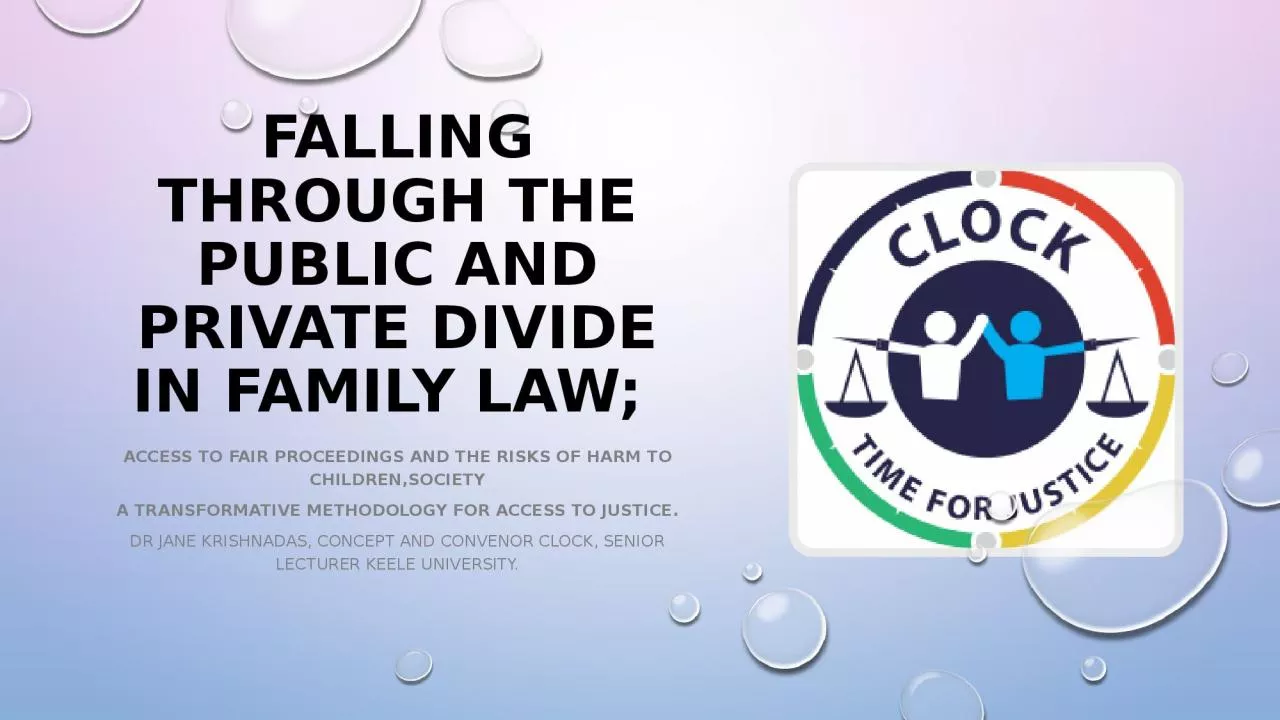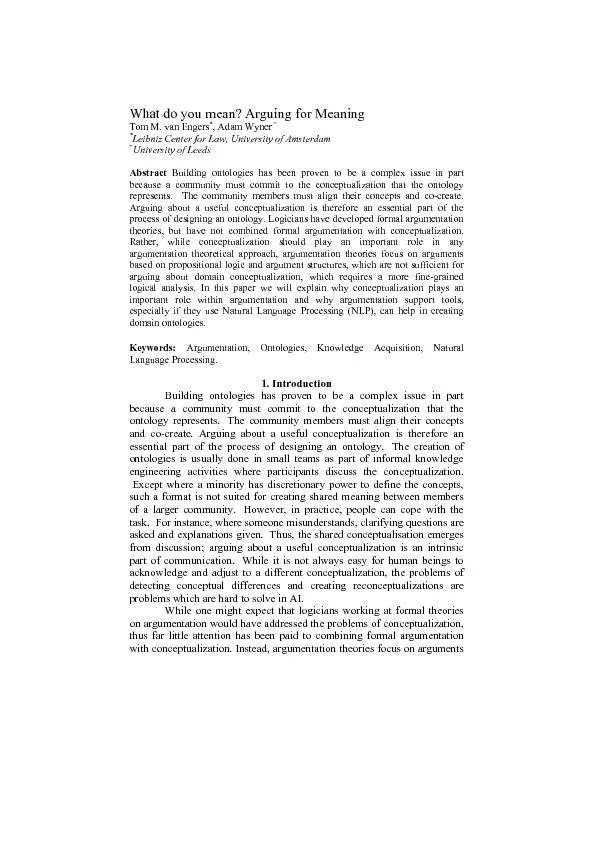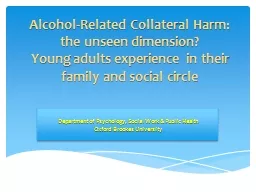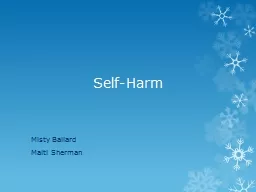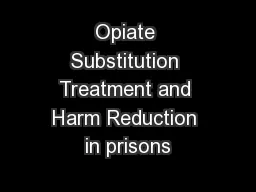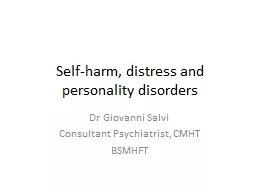PPT-access to fair proceedings and the Risks of harm to
Author : elysha | Published Date : 2024-03-13
childrensociety A transformative methodology for access to justice Dr Jane Krishnadas concept and convenor clock senior lecturer keele university Falling through
Presentation Embed Code
Download Presentation
Download Presentation The PPT/PDF document "access to fair proceedings and the Risks..." is the property of its rightful owner. Permission is granted to download and print the materials on this website for personal, non-commercial use only, and to display it on your personal computer provided you do not modify the materials and that you retain all copyright notices contained in the materials. By downloading content from our website, you accept the terms of this agreement.
access to fair proceedings and the Risks of harm to: Transcript
Download Rules Of Document
"access to fair proceedings and the Risks of harm to"The content belongs to its owner. You may download and print it for personal use, without modification, and keep all copyright notices. By downloading, you agree to these terms.
Related Documents

